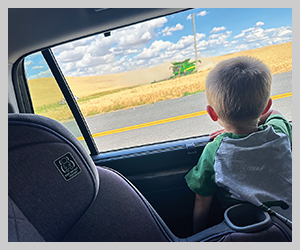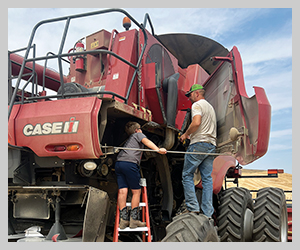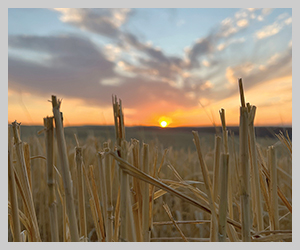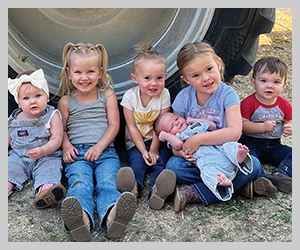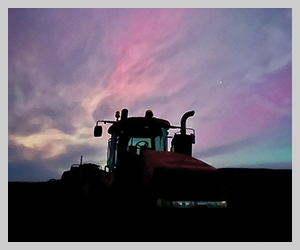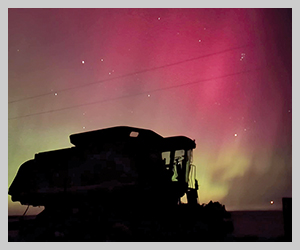The best cure for spring fever is spring fieldwork
2024March 2024
By Anthony Smith
President, Washington Association of Wheat Growers
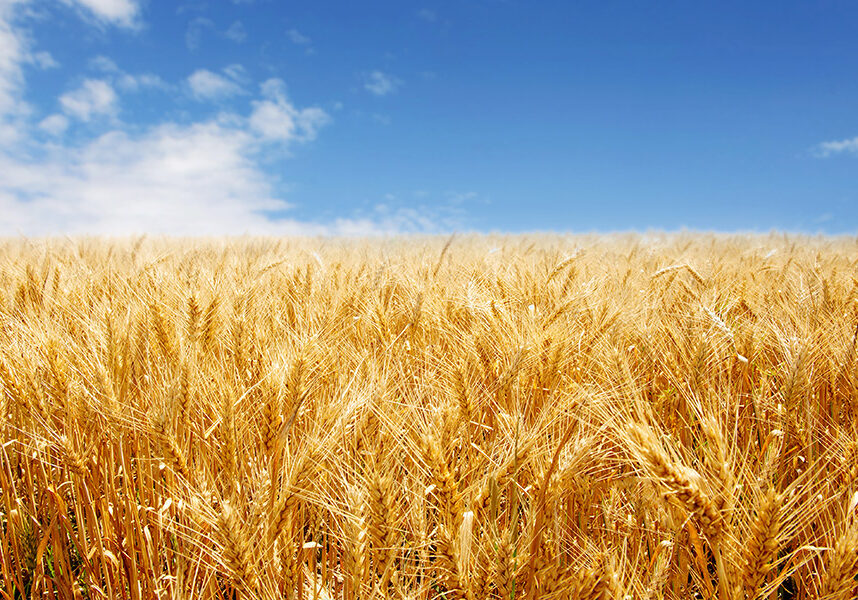
The cabin fever has shifted to spring fever, and my list of “to dos” keeps growing faster than what I can accomplish. That’s the spring work tension that builds for us wheat farmers. There’s always a farmer in all our areas who gets out in their field early and makes us all start texting and talking. “What is he doing?” or “Why is he going?”
I’m guilty of being an early fieldwork guy, but you have to start sometime, right?
Even before we get in the field, we’ve been spending money on crop protection products, fertilizer, fuel, wages, oil, seed, repairs, and maintenance, so we have to do our best to grow a profitable crop to pay all these expenses.
Most people understand planting seed in the spring, but in wheat country, we also plant wheat in the fall that survives through the winter. So if you are driving through Eastern Washington in the spring, you might see some farmers planting a crop. You might see others spraying fertilizer or herbicides on the wheat that was planted in the fall, or they might be treating a fallow field with either an herbicide or tilling it to help keep the weeds down. This issue of Wheat Life has a special section dedicated to explaining what farmers are doing during the spring.
When I finally get out in the field, my spring seeding process starts with an herbicide application to control weeds. I’ll follow that by planting. I use a 50-foot box drill, which I pull behind my tractor, that stores the seed in boxes above a series of discs. The discs make a furrow in the soil for the seed and then close the furrow once the seed has been planted. Sometimes, I’ll use seed that has been treated with chemicals to repel wireworms or to help prevent diseases. Some farmers also apply fertilizer at the same time they plant, which saves them from having to make another pass over the field. My drill holds about 150 bushels of wheat, and I run about 5 mph.
For us, germination starts pretty fast once the seed’s in the ground. When it finally starts to push through to the surface, I always feel much better!
I felt much better, as well, after getting back from Washington, D.C., at the end of January. We were there attending the National Association of Wheat Growers’ (NAWG) winter conference. We took part in NAWG committee meetings and held a joint U.S. Wheat/NAWG meeting that I felt went very well. During the conference, we took a day to meet with members of our federal delegation. Along with members of the Washington Grain Commission, we took our national priorities to our Representatives and Senators. We talked about trade, market development funding, conservation, the farm bill, and, of course, the lower Snake River dams.
Happy farming and seeding this spring.



